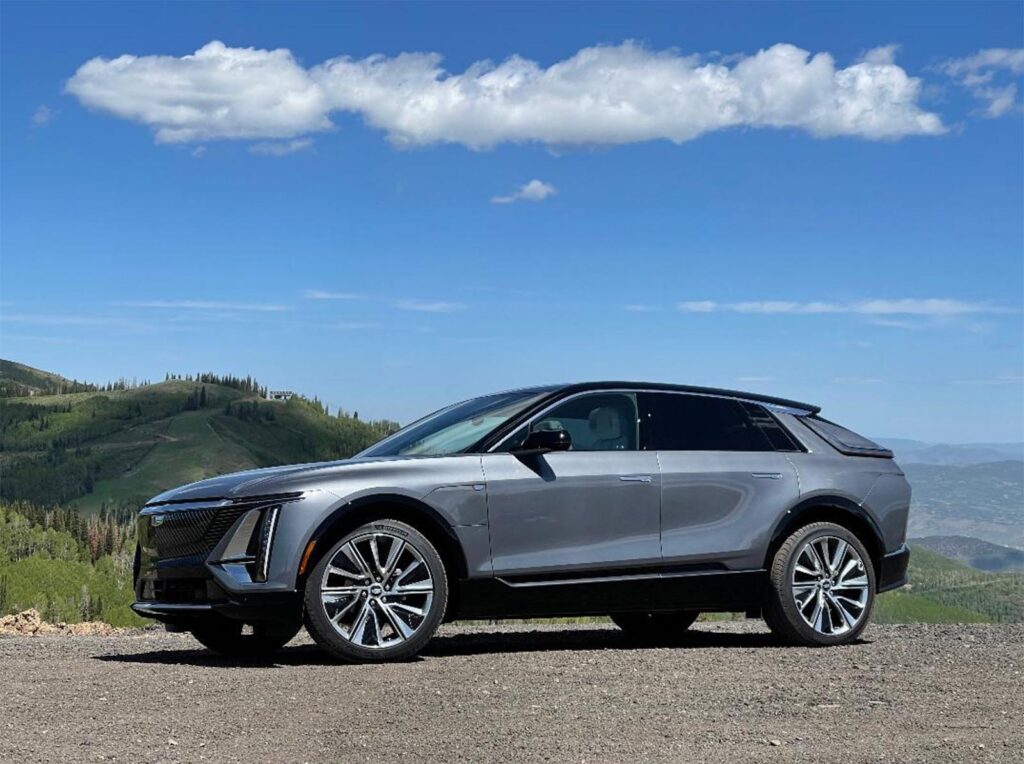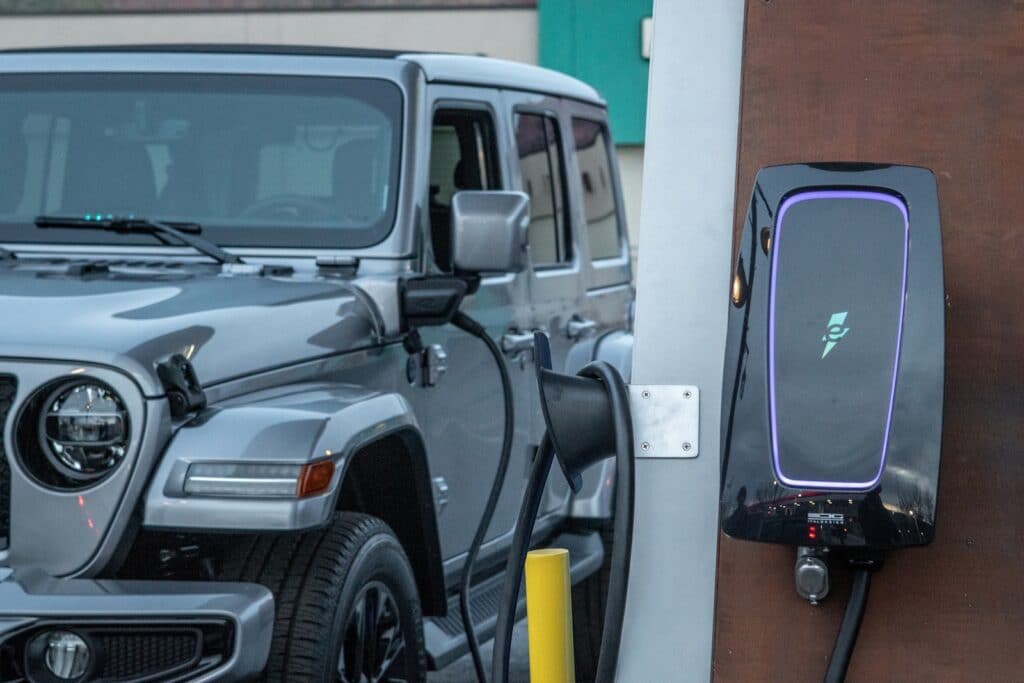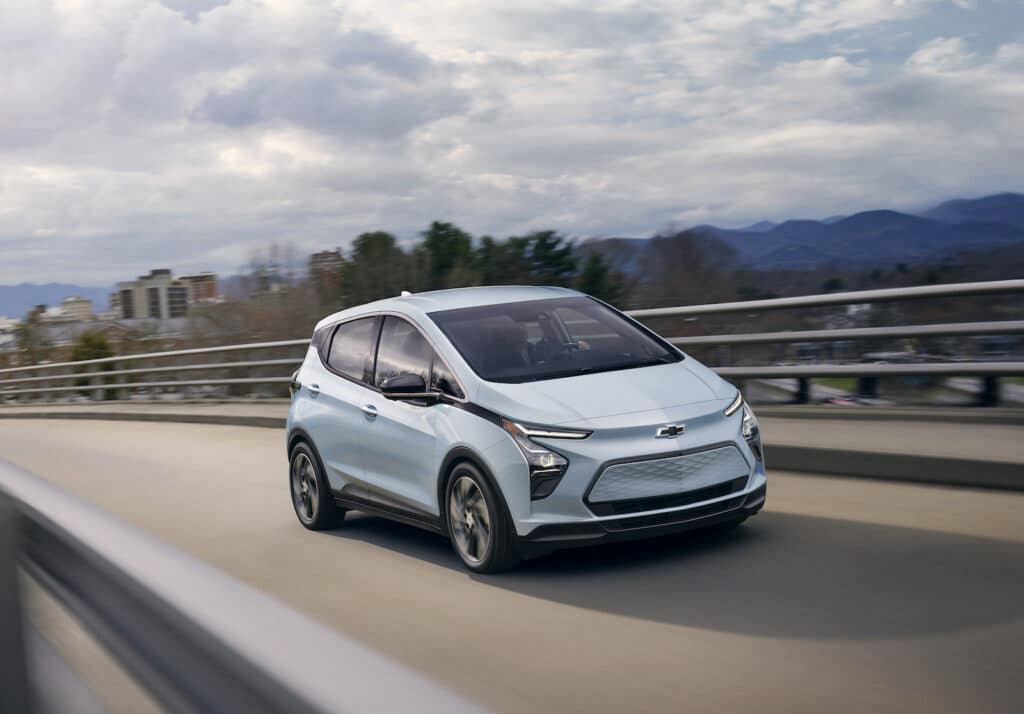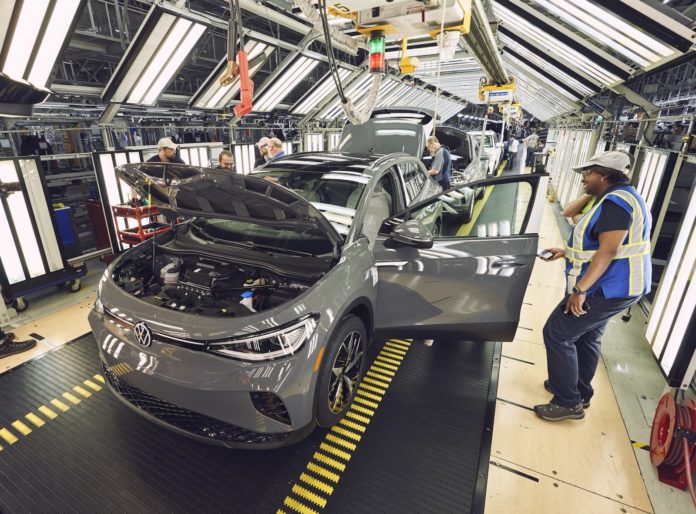The Inflation Reduction Act passed last summer created a new $7,500 tax credit for qualifying EVs, but imposed restrictions designed to favor American-manufactured EVs and batteries over those made elsewhere.
Now the U.S. Treasury department will delay some guidance until March 2023.
“Before year’s end, Treasury will also release information on the anticipated direction of the critical mineral and battery component requirements that vehicles must meet to qualify for tax incentives in the Inflation Reduction Act,” the agency said in a statement.
“The information will help manufacturers prepare to be able to identify vehicles eligible for the tax credit when the new requirements go into effect.
“Treasury will issue a notice of proposed rulemaking (NPRM) in March with proposed guidance on the critical minerals and battery components requirements. By statute, the critical mineral and battery component requirements take effect only after Treasury issues that proposed rule. Additional guidance on clean vehicles for consumers and manufacturers is forthcoming.”

The delayed guidance relates to the mineral sourcing and battery component manufacturing standards that help determine which vehicles qualify for the credit. That action may create a loophole that will allow some disqualified vehicles to receive for the tax credit in the first quarter.
To obtain a tax credit of $3,750, the law requires that at least 40% of each battery must be made from minerals extracted or refines in North America or a nation with a free trade agreement. That includes allies like South Korea and Australia, as well as some nations in South America. A second credit of $3,750 is dependent on the battery components then being assembled in North America. The percentage requirements rise each year.
Why worry about battery minerals?
The reasoning behind the limits on battery minerals sourced outside U.S. free trade zones is to reduce the amount of key minerals obtained from China. Currently, China refines about 95% of certain key minerals, including the graphite used to make battery anodes. This makes the U.S. vehicle industry unreasonably dependent on Chinese supply, which could be cut off for political reasons.

Additionally, China produces about 60% of the world’s lithium used in EV batteries. Battery minerals are in high demand, and the U.S. government wants to encourage domestic lithium production. There are promising lithium sources being mined in the American Southwest, and those sources are favored in the new tax credit structure.
What vehicles are affected?
The requirement that an EV be made in North America still applies, but since battery production is still ramping up in the North American free trade zone, many vehicles were expected to drop from the list of creditable vehicles Jan. 1.
Vehicles that will now potentially be eligible for a tax credit in the first quarter of next year include the Cadillac Lyriq, Chevrolet Bolt and Bolt EUV, Ford Mustang Mach-E and F-150 Lightning, Nissan Leaf, Rivian R1T and R1S, Tesla Model 3 and Model Y, and the Volkswagen ID.4.

Plug-in hybrid vehicles that may get a tax credit in the first quarter include the Audi Q5, BMW 330e and X5 xDrive45e, Chrysler Pacifica, Jeep Wrangler and Grand Cherokee, Ford Escape and E-Transit, Lincoln Aviator and Corsair, and the Volvo S60 Recharge.
Other EVs such as the GMC Hummer EV, Lucid Air, Mercedes-Benz EQS SUV, as well as the Tesla Model S and Model X are all excluded based on their purchase price being too high. To qualify, electric passenger cars must have an MSRP under $55,000 and SUVs or trucks must be priced under $80,000.
Manufacturers have homework to do
The IRS already issued guidance for manufacturers to qualify for tax credits. These processes are required for vehicles to be eligible for one or more clean vehicle tax incentives, including tax credits for new and previously owned clean vehicles, as well as for commercial clean vehicles.If the guidance seems conditional, guarded, and uncertain, that’s because it is.
The Inflation Reduction Act law is complicated, and because of complex supply chains, many manufacturers have been unwilling or unable to say exactly where and how the base minerals in their batteries were derived.

